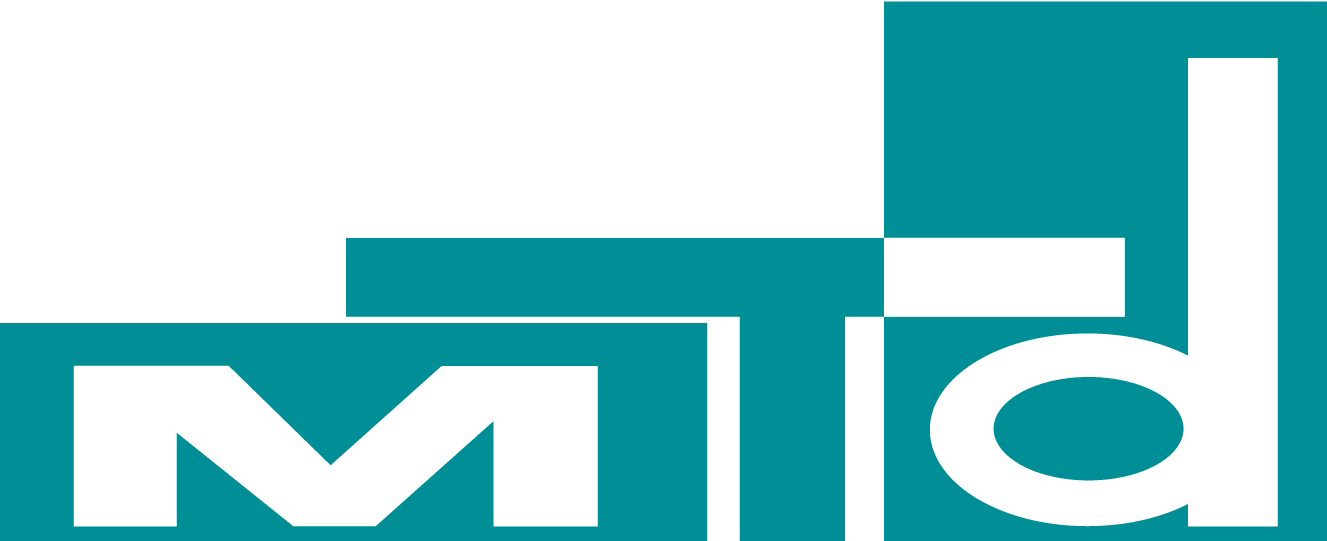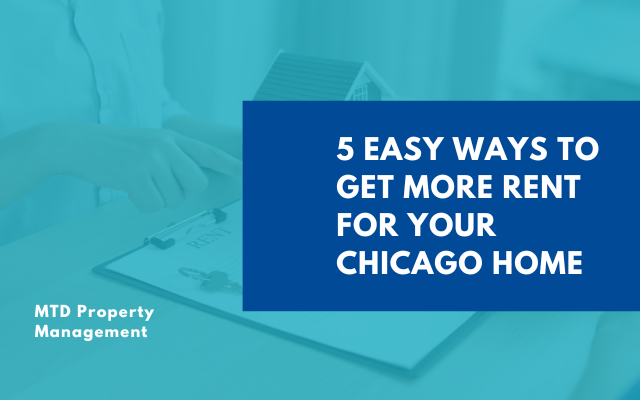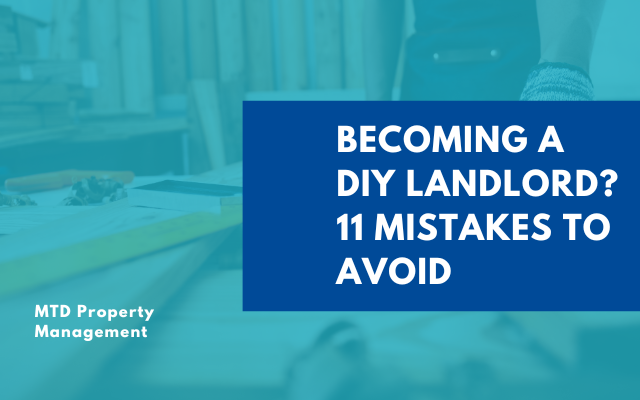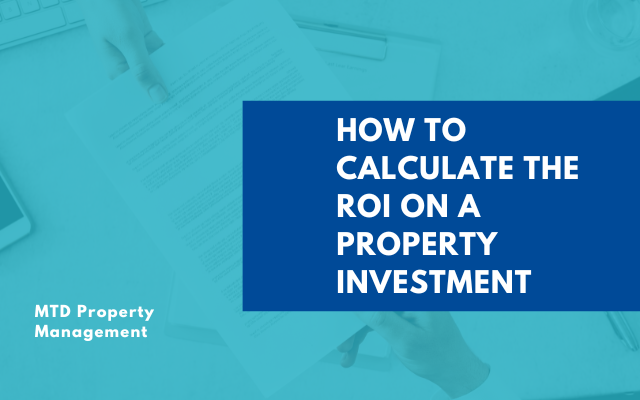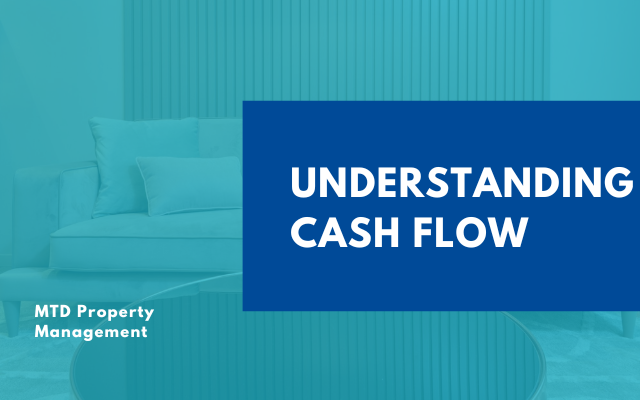
One of the most important things landlords need to focus on is cash flow. After all, this is how you gauge whether your rental business is generating a healthy return on investment.
Knowing how to perform a cash flow analysis is crucial for identifying which properties are providing the highest yields. Keep reading to learn more!
What Is Cash Flow?
In the context of rental properties, cash flow refers to the net income you earn from your investment after all expenses are deducted.
There are two types of cash flow:
- Gross cash flow: This is the total income generated by the property, including rental income, late fees, and application fees.
- Net cash flow: This is the actual profit left after subtracting all expenses such as property maintenance, taxes, insurance, and repairs.
Simply put, the higher your cash flow, the more money you’re left with after covering regular rental property costs, such as appliance replacements or repainting due to normal wear and tear.
How to Calculate Cash Flow?
Cash flow is calculated as:
Cash flow = Total rental income – Total rental expenses
- Positive cash flow: This means your rental income exceeds your expenses, resulting in profit.
- Negative cash flow: This indicates that your expenses are higher than your rental income, potentially signaling a need to reassess your investment strategy.

Good Cash Flow on a Rental Property
A positive cash flow is a good cash flow and the higher it is, the more profit a landlord or investor makes. Cash flow can be affected by various factors, such as
Location
When we talk about real estate, location is always frequently mentioned for good reason.
If you want to extract the best cash flow for your rental, you need to have a strategic base for your property.
Location can be affected by rent control laws in a given area which can reduce potential income. A cash return of at least 10% or more is considered good cash flow.
Property Type and Price
Depending on your property type and price, you can generate better rental income. For example, owning a multi-family rental space allows you to take in many residents compared to renting out a single-family unit.
This leads to higher cash flow. On the other hand, properties that cost a lot tend to generate more cash flow.
Average Cash Flow on a Rental Property
Several factors will be considered to know what an average good cash flow is. You will need to check your location, strategy, property type, price, and more.
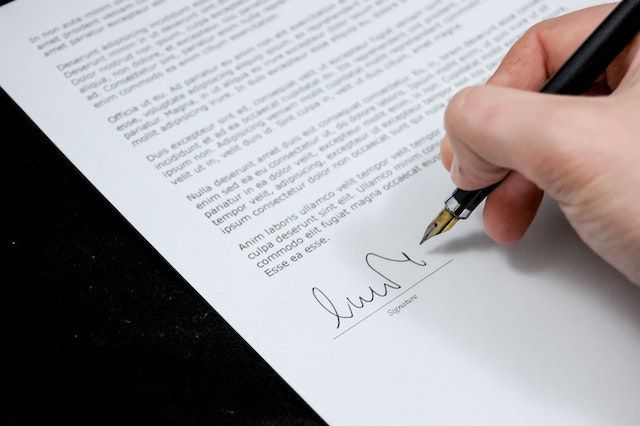
The investor will also determine what a good cash flow is as long as it is positive. Generally, an 8% return on investment or ROI is considered an average good cash flow on a property.
Rental Property Expenses That Eat up Your Cash Flow
Before getting excited about the incoming cash earnings from your rental space, you need to take into account the costs of operating your rental space—including costs that landlords don't notice they're accruing. Some of the usual rental property costs you will encounter are the following:
- Costs of a vacant unit
- Bad debt from uncollected rent due
- Leasing fees
- Property management fee
- Maintenance fees
- Repairs
- Costs of upgrades
- Utility bills
- Appliance replacement
- Capital repairs on HVAC systems
- HOA dues monthly
- HOA special assessment
- Property insurance
- Landlord insurance
- Rental tax
- Business License
- Travel expenses for remote landlords
Proven Strategies to Maintain Positive Cash Flow
Maintaining a positive cash flow requires proactive planning and smart management.
Here are some effective strategies to help you maximize and sustain cash flow from your rental properties:
Calculate the Rent-To-Expenses Ratio
Setting the right rent price is crucial to ensuring positive cash flow. Begin by factoring in all the costs associated with the property, including mortgage payments, property taxes, insurance, and routine maintenance.

A good rule of thumb is to set aside 1% of the property’s value each year for maintenance.
This creates a buffer for repairs and unexpected expenses. If unused, save the surplus for future needs. A balanced rent-to-expenses ratio ensures your rental income covers costs and generates profit.
Create Solid and Clear Leases
A well-crafted lease agreement is your first line of defense when it comes to protecting cash flow. It should clearly define the tenant's responsibilities for any damage beyond normal wear and tear, as well as specify penalties for late payments or breaches of contract.
Include extra fees for pets, parking, or additional services. A strong lease minimizes disputes and protects your rental income.
Market Vacancies Efficiently
When a tenant moves out, vacancies can be one of the most damaging blows to your cash flow.
The longer your unit sits empty, the more income you lose. To minimize this, act quickly and efficiently while also working to have a better relationship with your tenants.
A positive landlord-tenant relationship can encourage lease renewals and reduce turnover. Market your property across multiple channels, online platforms, and social media, as well as offline methods like local bulletin boards or partnerships with relocation companies.
Offer referral incentives or limited-time discounts to fill vacancies quickly. The sooner you secure a tenant, the less time you’ll cover costs without rental income.
Invest in Property Improvements
Regularly upgrading and maintaining your property not only attracts quality tenants but can also justify higher rents.
Focus on improvements that offer the best return on investment like upgrading to energy-efficient appliances, enhancing curb appeal with landscaping, and freshening up the interior with new paint or flooring.
Well-maintained properties have fewer issues and tenant complaints, reducing long-term costs. An attractive property can command higher rent, attract reliable tenants, and make rent collection smoother, all of which help boost cash flow.
Bottom Line
Good cash flow is key to long-term success, covering expenses, mortgages, and reinvestment. While 8% ROI is acceptable, targeting 10% or higher opens up more investment opportunities and maximizes returns.
To optimize cash flow from your rental properties, consider professional property management services that can help you streamline operations and boost profitability.
Contact
MTD Property Management today to learn how we can help you achieve superior cash flow.
